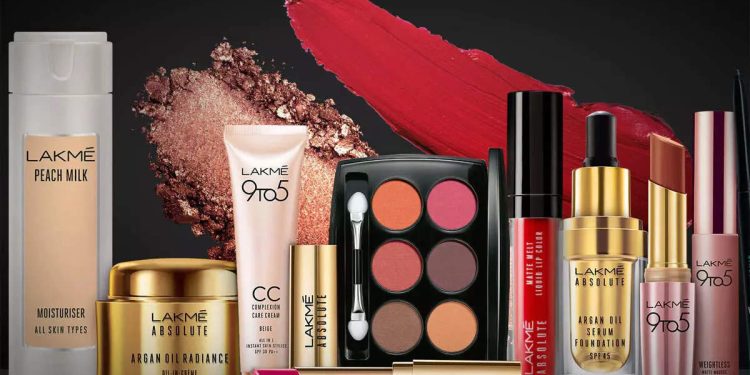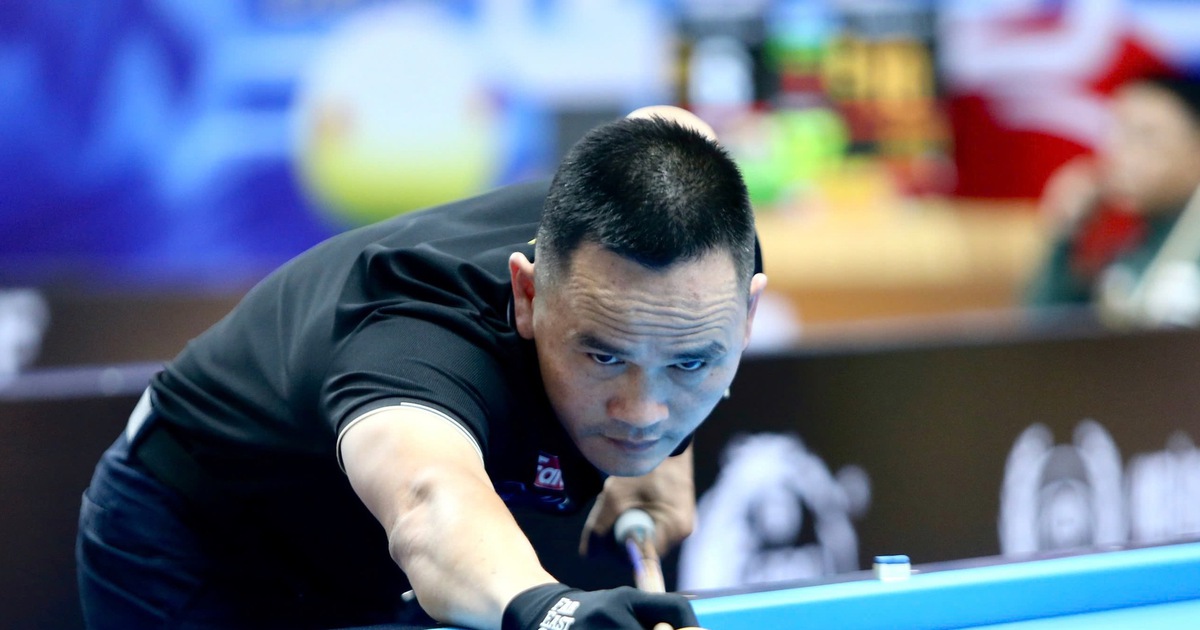Nehru and JRD Tata with a new idea
Why not start a cosmetics brand for India? The problem reached the ears of Jawaharlal Nehru, the first Prime Minister of India. For Nehru, a man of fine tastes, it was imperative that the desire for beauty should not be allowed to undermine the country’s economic future. He came up with a solution to produce cosmetics in India.
As independent India’s nascent economy took a backseat, the Prime Minister was concerned about the amount of money flowing out of India for Indian women as they were drawn to imported cosmetics. After independence, no high quality personal care products were manufactured in India. And there were not many manufacturers in India. JRD Tata was a close friend of Nehru. Nehru encouraged him to start a business to make cosmetics to save foreign currency. And so was born, Lakmé, a company that makes the best cosmetics for Indian skin and climate.
BookMyShow: The platform that has changed the way ticket bookings are done in India
First Make in India initiative

In 1953, Tomco (Tata Oil Mills Company) realized that there was a lack of indigenous cosmetics in the Indian market and saw a great opportunity in this industry. For this, Lakme launched the brand in collaboration with two famous French companies, Robert Piguet and Renoir. In fact Lakme was the first or true ‘Make in India’ initiative. The brand was officially launched in 1952. Lakme’s journey was full of challenges as it had to compete with international cosmetic brands that had conquered the market.
JRD’s vision and dedication is the driving force behind Lakme’s success. A firm believer in promoting Indian industries, Tata understood the unique needs of the Indian market unlike its foreign competitors. Lakme focused on Indian skin tone and climate. This has influenced the Indian consumers. Thus Lakme was able to establish a loyal customer base.
From Lakshmi to Lakme

There is an interesting story behind the name ‘Lakme’. Tata tasked its French partners with coming up with a name that captures the essence of both countries and does not leave the French style with an Indian flair. They came up with the name ‘Lakme’ after being inspired by an opera popular in Paris at that time. The opera is named after Goddess Lakshmi, the Hindu goddess of wealth and beauty.
Swiss-born Indian businessman Simon Tata was instrumental in the rise of Lakme. They are Naval H. Married Tata and settled permanently in Mumbai. Thus became a part of the Tata family. Simone joined the Lakme board in 1962 and was appointed its chairperson in 1982. Their leadership and acumen helped the brand forge a new path.
Bikaner Namkeen Bhandar is the story of ‘Bikanirwala’; 1,300 crores in revenue for the popular Namkeen brand
Simon Tata who made Lakme an iconic brand

Lakme started its operations in a small rented space on Peddar Road offering a wide range of personal care products for women. As the company grew rapidly, it sought larger premises and eventually moved into Tomco’s Saveri factory. Manufacturing capacity has expanded significantly. In 1961, when Simon Tata took over as Managing Director, the company’s progress accelerated. She made Lakme an iconic brand with her aesthetic sense and business acumen.
A strong sales network and smart marketing strategies have made Lakme a popular brand in cities across India. Initially offering women’s makeup, skin care and toiletries, Lakme later ventured into men’s products. Now Lakme has become a sustainable brand. Kareena Kapoor, Kajol, Shraddha Kapoor and Ananya Pandey are the brand ambassadors of Lakme.
In 1993, Tomco merged with Hindustan Unilever. Subsequently, Lakme Hindustan formed a joint venture with Unilever. In 1998, it divested its stake and sold its brands to Hindustan Unilever. Despite this change, Lakme maintained its position as a dominant force in the Indian cosmetics market. Set new standards and gain significant market share. A rich heritage and unwavering commitment to quality keeps Lakme a favorite brand of Indian women even today.










